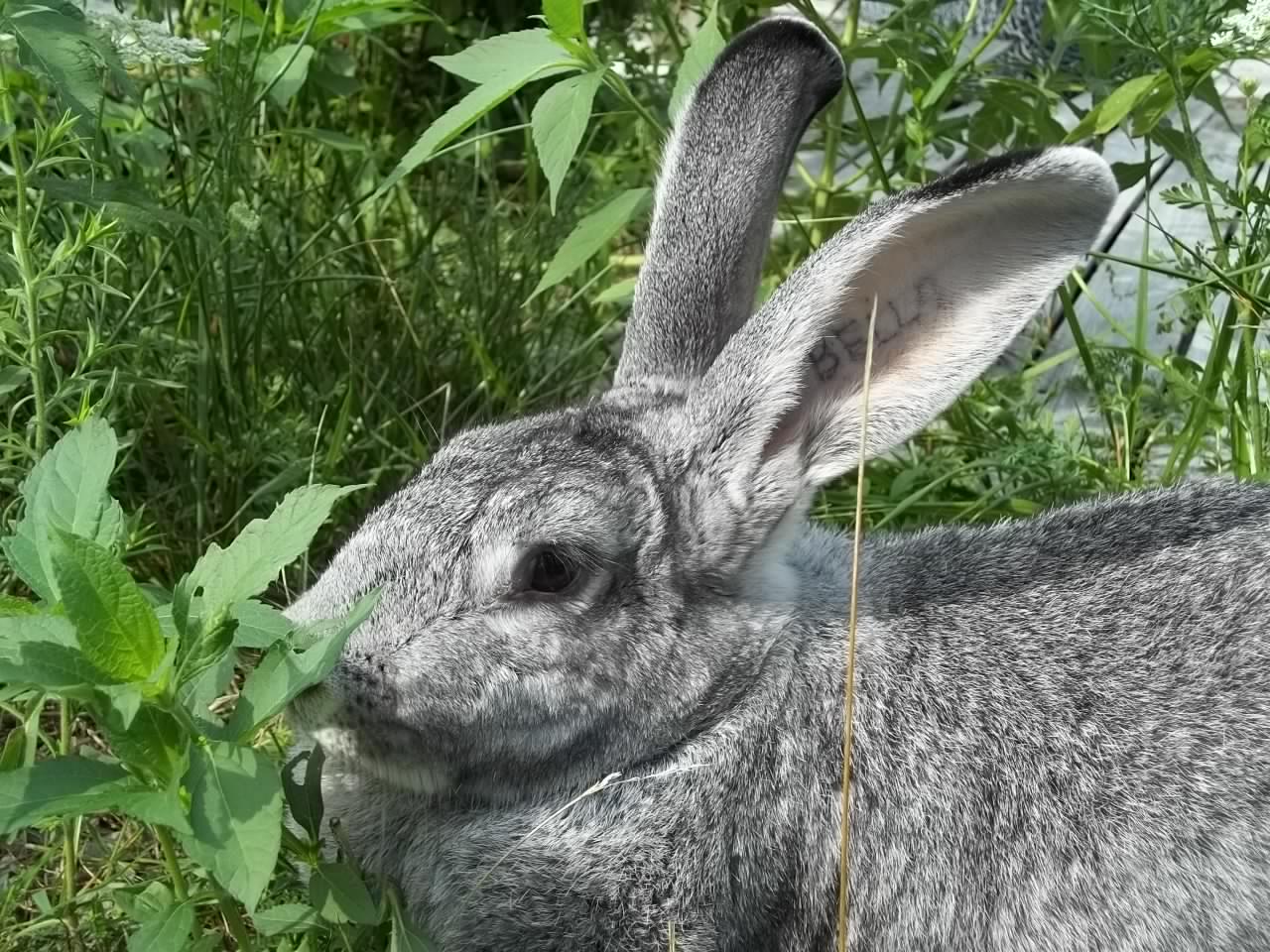History of Rabbits. An article about the history of rabbits. Learn about the early days of the rabbit industry.

Did you know that the practice of raising domestic rabbits is called cuniculture? It’s a funny name, but cuniculture has a fascinating history.
Rabbit History: From Wild to the Warren
All of our domestic rabbit breeds descend from the European wild rabbit, Oryctolagus cuniculus. First records of rabbits being used as meat animals come from Spain. In the early days of the Roman Empire, Spain shipped rabbits to Rome, and from there they were spread to Italy, France, and the British Isles. Those rabbits could hardly be called domestic. They were not kept in rabbit cages, but allowed to graze and reproduce at will within the boundaries of their range. In England, rabbit keepers erected many-acre enclosures surrounded by a stone wall to keep the “coneys” in and the predators out. These enclosures were called warrens. Hunting the warrens occurred by means of snares, ferrets, or falcons.
First True Domestication
In the year 600 AD, Pope Gregory ruled that rabbits could be eaten during Lent (because baby rabbits resemble fish). After this, rabbits became popular as a food source in monasteries. Warrens turned into smaller “walled rabbit gardens,” and eventually into wooden cages. Domestic rabbits spread from the monasteries into the villages, where they were usually tended by children. Different strains began to emerge. Some of the earliest breeds include the Champagne d’Argent, the Angora, the Silver, and the Brabancon, which gave rise to the Dutch breed. All of these were known by 1700.
Modern Rabbit Keeping
Until the 19th century, rabbits were kept almost exclusively for meat and fur production. But in the early 1800’s, a remarkable new breed appeared on the scene: the lop-eared rabbit. The breed quickly gathered a following, and soon breeders were competing to see who could produce the finest specimen. Thus the rabbit fancy was born. The first club to govern rabbit exhibitions was formed in England in 1840. First it was English Lops, and then English Spots, and soon dozens of breeds appeared. By 1880, the rabbit fancy was going full force in England and spreading quickly to Europe and the United States. The National Pet Stock Association was formed in 1910 in Detroit, which would later become the American Rabbit Breeders Association.
In the early half of the 20th century, rabbit breeders were usually men, raising the animals for meat, fur, and exhibition. Rabbits were an important food source around the globe during both World Wars. However, in the latter half of the century, the rabbit industry changed quickly. The market for rabbit pelts went under in the 1950’s. People started keeping smaller breeds to cope with difficult economic times. Dwarf breeds appeared in the 1980’s, and attracted more women and children to the rabbit fancy. As the market for meat rabbits dwindled, the market for pets was on the rise. Today rabbits are popular as pets and show animals in many nations, especially in America, Europe, and Australia. Rabbits are regaining a following as a meat source, both in the US as more people seek for ways to live healthier and self-sufficiently, and also in developing countries.
